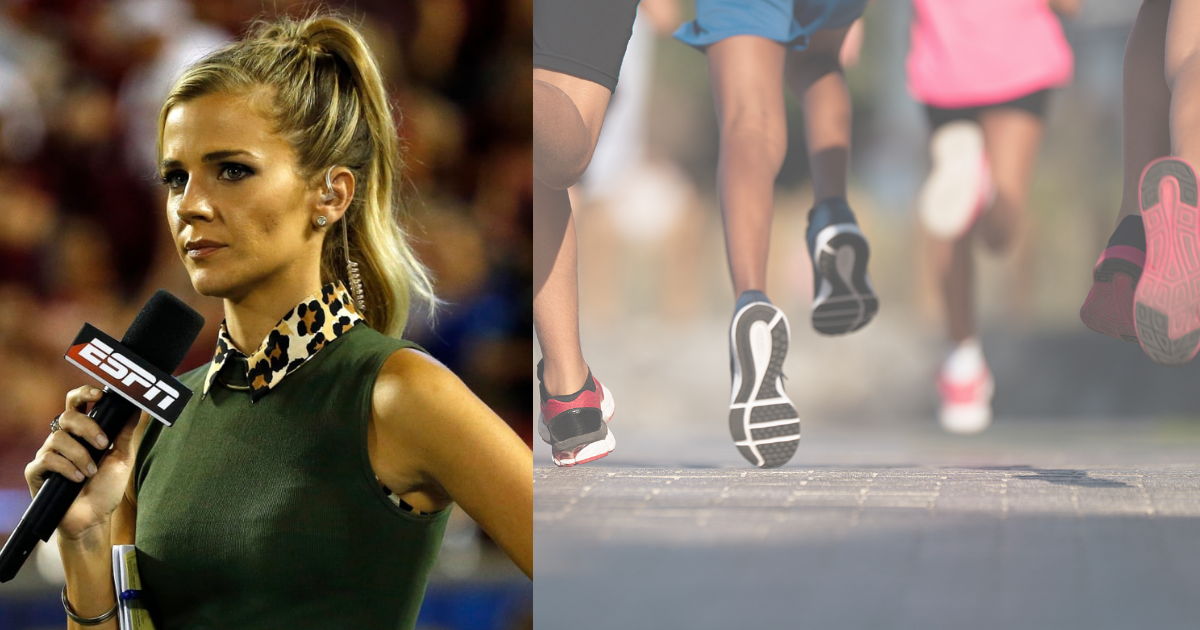Now Reading: Equity and Inclusivity: Transgenders in Sports
-
01
Equity and Inclusivity: Transgenders in Sports

Equity and Inclusivity: Transgenders in Sports
Introduction :
The playing field has long been a place in the world of sports where barriers are broken down and social conventions are challenged. Regardless of their race, nationality, or gender, athletes have been praised for their outstanding talents. However, as society changes and our understanding of gender identity deepens, a new chapter in the history of sports has developed, one that examines the acceptance of transgender athletes. There has been endless discourse to determine under which category should transgender athletes be allowed to play; especially whether those who have transitioned from a male to female should get the opportunity to participate under the women’s category or not. This debate has once again gained traction after Sam Ponder’s recent remarks on the issue.
Sam Ponder, an ESPN broadcaster came under fire recently for her comment backing the argument that transgender athletes should not be allowed to participate under the category for women since it leads to questions about competitive advantages, physical differences, and the potential impact on cisgender female athletes. As per Ponder, allowing trans athletes who’ve transitioned from male to female and thus being allowed to participate under female category gain an unfair advantage due to their biologically stronger body. This comment gained mixed feedback with some backing her claim while others slamming her for bigotry. Nancy Amour, in USA Today wrote an article slamming Ponder for what she claims is her screeching about fairness to hide her bigotry towards transgender girls and women especially those who inspite of the numerous hurdles were courageous enough to participate in sports.
What do the Sport Authorities say ?
Sports authorities from all around the world have been actively participating in the current discussion about the involvement of transgender athletes. These governing bodies have taken steps to draught regulations that strike a balance between the values of equality and competition because they understand how important it is to create inclusive and fair working environments. Transgender athletes must fulfil requirements set forth by organisations like the International Olympic Committee (IOC) and various national sports federations in order to compete in gender-specific divisions. These standards, which strive to level the playing field while respecting the rights and identities of transgender athletes, frequently include hormone therapy and testosterone level restrictions. The approach taken by the authorities highlights the necessity for careful analysis and continuing discussion to guarantee sports fairness. While organizations like the World Athletics, Scottish Rugby, Fina, England’s Rugby Football Union and the International Rugby League have categorically banned trans women who have transitioned post puberty to participate in any female categories.
What do the athlete say ?
Diverse players hold a variety of views about transgender athletes competing in sports. Athletes who emphasise the value of equality and celebrate diversity in sports show their support for inclusion. They contend that as long as appropriate rules are in place to ensure fairness, transgender athletes should be given the chance to compete depending on their stated gender. On the other hand, several athletes have worries over unfairness, competitive advantages, and possible effects on cisgender athletes. They need in-depth analyses and rules that take into account the physiological variations brought on by transgender involvement. The viewpoints of athletes add to the continuing discussion by stressing the difficulties and demand for careful deliberation in this issue.
Championing for a middle ground :
In the world of sports, champions are not solely defined by their athletic prowess but also by their unwavering commitment to inclusivity. Embracing the diversity of athletes, including transgender individuals, is a testament to the true spirit of sportsmanship. By championing inclusivity, we foster a sporting culture that celebrates the human experience in all its forms. It sends a powerful message that every athlete, regardless of their gender identity, deserves an equal opportunity to participate, compete, and excel. Through inclusivity, we not only break down barriers but also create a harmonious and inspiring arena where athletes can showcase their talents and inspire generations to come.
Conclusion :
In the quest for transgender participation in sports, striking a middle ground that ensures fairness and inclusion is paramount. It requires acknowledging and addressing the concerns raised by both sides of the debate while upholding the principles of equality and respect. Through careful evaluation, expert guidance, and ongoing research, sports authorities can develop guidelines that create a level playing field while honouring the identities of transgender athletes. Moreover, fostering a culture of understanding, empathy, and education among athletes, coaches, and the public is crucial in cultivating an environment where inclusivity thrives. By striving for fairness and inclusion, we can create a future where sports truly become a platform for unity, diversity, and the celebration of human potential.
Author: Shruti Gala
Edited by: Apoorva Mehta










